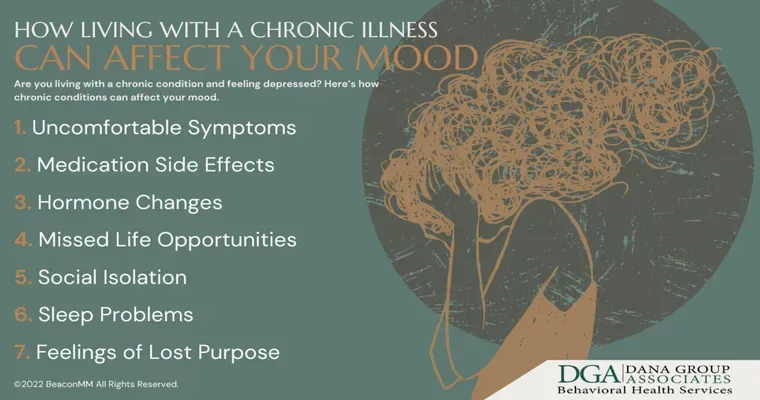In today's fast-paced world, the cycle of "drama", "solution", and "sabotage" seems to be an ongoing pattern in both personal and professional life. This cycle not only affects our everyday interactions but also shapes our relationships, work dynamics, and mental health. Understanding this cycle is essential for breaking free from its grasp and fostering a more harmonious existence.
Understanding the Cycle of Drama, Solution, and Sabotage
At its core, the cycle begins with "drama". This can manifest in various forms, such as conflicts, misunderstandings, or emotional upheavals. In personal relationships, drama often arises from miscommunication or unmet expectations. In a workplace setting, it might stem from competition, differing goals, or interpersonal issues. The presence of drama creates tension and stress, leading individuals to seek a "solution".
The search for a solution is a natural response to alleviate the discomfort caused by drama. People often engage in conversations to resolve conflicts, implement new strategies to improve workflows, or seek external help such as counseling or mediation. However, while solutions can provide temporary relief, they are not always sustainable.
Once the immediate issue appears to be resolved, the cycle can lead to "sabotage". This sabotage can be intentional or unintentional, manifesting as behaviors that undermine the progress made during the solution phase. For instance, unresolved feelings may lead to passive-aggressive behavior, or old habits may resurface, causing friction and triggering drama once again. This sets the stage for a repetitive cycle, where individuals find themselves back at the drama stage, unable to break free.
Breaking the Cycle
To escape the relentless cycle of drama, solution, and sabotage, self-awareness and proactive strategies are crucial. Here are some effective methods to consider:
1. "Practice Open Communication": Encourage honest discussions about feelings and concerns. By fostering a transparent environment, misunderstandings can be minimized, reducing the potential for drama.
2. "Set Clear Boundaries": Whether in personal relationships or at work, establishing clear expectations can prevent conflicts from arising. Boundaries help individuals understand what behaviors are acceptable, which can lead to fewer dramatic situations.
3. "Embrace Conflict Resolution Techniques": Learning effective conflict resolution skills can equip individuals to handle disagreements constructively. Techniques such as active listening and compromise can facilitate healthier discussions.
4. "Reflect on Patterns": Taking time to reflect on past experiences can help identify recurring patterns of behavior. Understanding how drama, solution, and sabotage have played out in your life can empower you to make conscious choices to change the narrative.
5. "Seek Professional Support": Sometimes, breaking free from these cycles requires external assistance. Therapy or coaching can provide valuable insights and tools for navigating complex relationships.
Conclusion
Recognizing the cycle of "drama", "solution", and "sabotage" is the first step toward breaking free from its constraints. By implementing effective communication strategies and fostering self-awareness, individuals can create healthier environments both personally and professionally. The goal is not just to find solutions but to cultivate resilience and understanding that allows for growth and harmony. With dedication and effort, it is possible to transcend the cycle and embrace a life characterized by peace and fulfillment.





